Japan's 12 Best Keepless Castles

These are all castles where original structures other than a main keep still remain in their original state. Since only castles with keeps dating back to the Edo Period (1603-1868) or earlier are considered "original construction," these sites are often overlooked, but they still retain a lot of history—and some predate even the concept of a keep!
12. Ako Castle (Ako City, Hyogo, ☆☆☆☆)
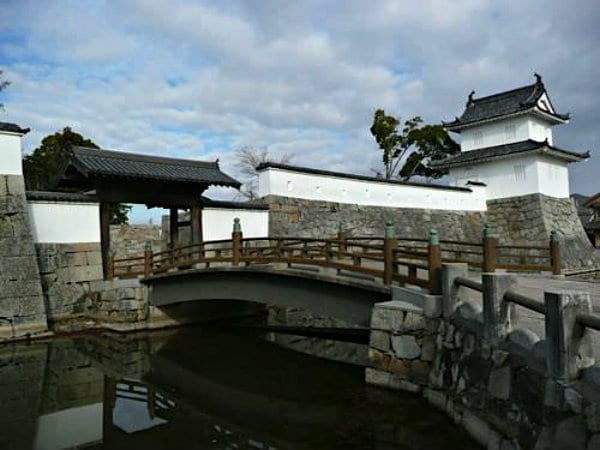
http://www.jcastle.info/castle/profile/130-Ako-Castle
Ukita Hideie built a branch or subordinate castle of Okayama Castle here in 1573. When Asano Naganao came in 1648, he was instructed by the Tokugawa government to build a new castle.
If you look at a map of the castle, you'll see that the outline looks very unique. It employs a lot of corners and arrowhead-type structures. This was a very modern idea to improve firing range near the castle and increase its defensive ability. You also see such structures very clearly at Goryokaku in Hakodate.
There's a main keep foundation at Ako Castle but the main keep wasn't built because the Tokugawa government never granted permission to do so. Ako Castle was dismantled in 1873 under the Castle Abolishment Law.
Read full story: www.jcastle.info
11. Saga Castle (Saga City, Saga, ☆☆☆☆)

http://www.jcastle.info/castle/profile/139-Saga-Castle
In 1608 Nabeshima Naoshige and his son Katsushige built Saga Castle by expanding on and utilizing much of the former Muranaka Castle, which belonged to the Sengoku-Period (1467-1590) lords of the Ryuzoji Clan.
Saga Castle was plagued by fires. Between 1716 and 1736, most of the castle buildings, including the main keep, burned down. The main keep was never rebuilt, but the palace and government buildings were reconstructed centering on the ninomaru (second bailey) compound.
In 1835, the Ninomaru Palace and other buildings burned down, so they moved back to the honmaru (central bailey) compound, where a new palace was constructed. The extant Shachinomon gate and connected yagura (turret) date from this time period (1838), and the reconstructed palace also reflects the honmaru palace from this time.
Much of the castle also burned down during the Saga Rebellion of 1874. The Honmaru Palace actually survived through the Meiji Period, and was used as government offices and a school until it was dismantled in 1957.
Read full story: www.jcastle.info
10. Komoro Castle (Komoro City, Nagano, ☆☆☆☆)
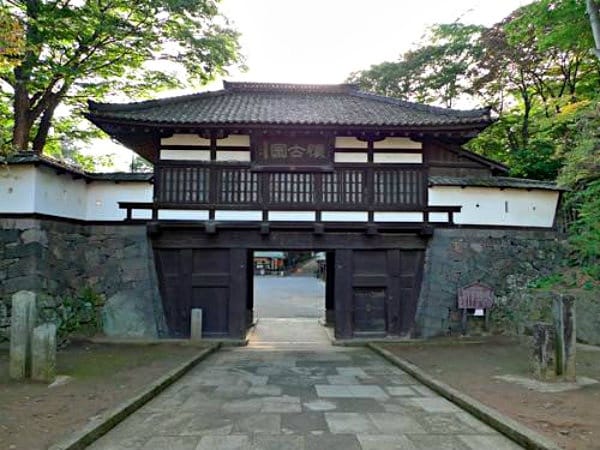
http://www.jcastle.info/castle/profile/108-Komoro-Castle
During the Sengoku Period (1467-1590), Takeda Shingen founded Komoro Castle on the grounds of two earlier castles called Otome Castle and Nabebuta Castle to help administer the Eastern Shinshu area (present-day Nagano Prefecture).
Sengoku Hidehisa became lord of the castle in 1590, and later his son Tadamasa expanded the castle further. The original Otemon and Sannomon gates (Important Cultural Properties) and the foundation of the tenshu (main keep) date from this time period.
The Otemon is on the opposite side of the station from the main park and Sannomon gate (pictured). Be sure to visit it too!
Read full story: www.jcastle.info
9. Takayama Jin'ya (Takayama City, Gifu, ☆☆☆☆)
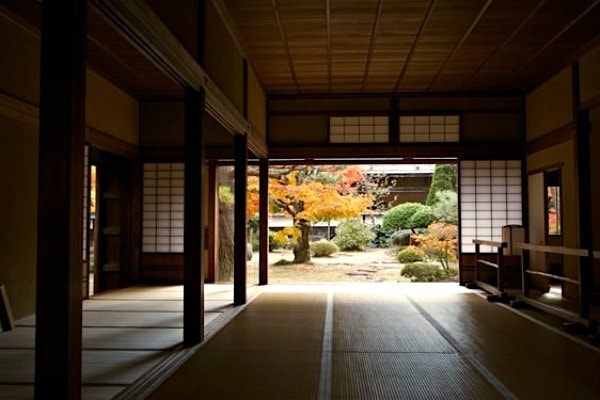
http://www.jcastle.info/castle/profile/377-Takayama-Jin-ya
This is a jin'ya and technically not a castle. Jin'ya are somewhat fortified government offices. They were built for small domains (generally less than 30,000 koku of rice) where the lord did not have the qualifications to be a "castle lord." These were called "castleless lords" or "jin'ya lords".
Jin'ya were also established for domains, like Takayama, that were directly under control of the Tokugawa government. These jin'ya are often listed along with castles in castle books and materials.
After the Battle of Sekigahara (1600), Kanamori Nagachika was named the first lord of the Takayama Domain. The sixth lord of Takayama, Kanamori Yoritoki, was transferred to Kaminoyama in 1692, and the Takayama Domain was placed under direct control of the Tokugawa government. This was done so the shogunate could directly control the very resource-rich Takayama domain, which had vast forests and mineral deposits, including gold and silver.
At this time, nearby Takayama Castle was decommissioned. In 1695, Kanamori's palace was repurposed as government offices, and the rice storehouse was moved from Takayama Castle to its present location.
Takayama Jin'ya functioned as the Tokugawa government's offices until the Meiji Restoration in 1868. Afterwards it was still used as prefectural government offices until 1969, when it was named a National Historic site and preserved as the only extant jin'ya anywhere in the country, of around 60 similar sites that existed during the Edo Period (1603-1868). This site is a must see for castle fans and history fans alike.
From 1980 to 1996, the old buildings were repaired and several subsidiary buildings were restored to complete the Edo-Era jin'ya. Except for the rice storehouse (1600), the other extant buildings are from the early 1800s.
Read full story: www.jcastle.info
8. Kinojo (Soja City, Okayama, ☆☆☆☆)

http://www.jcastle.info/castle/profile/167-Kinojo
The history of Kinojo (or Ki Castle) is unclear, since it is not mentioned in any historical records. It's believed that it was built by the Yamato Court in the seventh century to defend from foreign invaders. There were some 30 castles built around that time in Western Japan, of which 27 have been located.
Kinojo was discovered in 1971, and is currently thought to be the oldest castle in Japan. The outer wall is approximately 2.8 kilometers (1.7 miles) long, with four main gates and one large defensive platform.
The top of the mountain is relatively flat, offering an enjoyable hike around the castle grounds. Be sure to walk the full length and enjoy the incredible views of the surrounding valleys.
The closest station is Hattori Station, which is about a 5.5-kilometer (3.4-mile) hike to the castle. The first 2.1 kilometers (1.3 miles) is relatively flat, but the rest is all uphill.
Read full story: www.jcastle.info
7. Shiwa Castle (Morioka City, Iwate, ☆☆☆☆)

http://www.jcastle.info/castle/profile/150-Shiwa-Castle
Shiwa Castle was built in 803 by Sakanoue no Tamuramaro. It was one of several josaku (government fortification) castles built in the Nara (710-794) and Heian Periods (794-1185) to pacify the Tohoku region. It took about 4,000 soldiers one year to complete the castle.
Shiwa Castle was the largest of these josaku castles. The immense outer wall is 840 meters (0.5 miles) long. The outer moat beyond this wall was 930 meters (0.6 miles) long. It is also estimated that approximately 4,000 soldiers and government officials lived within the castle.
The war with the local Emishi peoples ended in 811. In that year, Shiwa Castle also suffered flood damage and was abandoned in favor of the recently completed Tokutan Castle.
The present structure is a great, faithful reconstruction of this ancient type of Japanese castle. The combination of the large tsuijibei (earthen) walls, topped by these old-style yagura (turrets) is very impressive.
Read full story: www.jcastle.info
6. Ne Castle (Hachinohe City, Aomori, ☆☆☆☆)
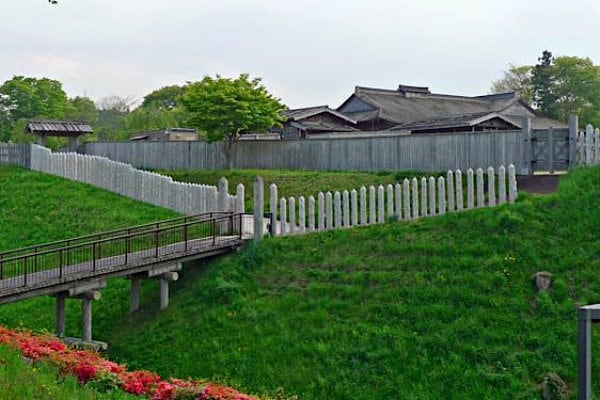
http://www.jcastle.info/castle/profile/149-Ne-Castle
Ne Castle is from the time period before the flourishing of castle construction, so it's a little bit different from what you might expect. There are still gates, baileys and watchtowers, but there is no main keep, little to no stonework, and the walls are wooden post fences on the outside and slatted wooden walls in the central compound.
Moroyuki Nanbu built Ne Castle in 1334 during the period known as the Northern and Southern Courts Period. Under allegiance to the Southern Court, Nanbu established Ne Castle to become the center of imperial government in the area. Another branch of the same Nanbu family actually ruled the Sannohe and Morioka area for the Northern Court at the same time. In 1393, at the end of this Northern and Southen Courts period, the two families also made peace with each other.
The reconstructed buildings at Ne Castle are really fantastic. They were all done using original materials and techniques. Archaeological excavations uncovered the locations for the pillars and walls of each building, and found enough artifacts to understand the function of each. What we don't know for sure is how each building was made, so the park has reconstructed a variety of different building types and roof types to be representative of the architecture at that time.
The signs are all in Japanese, but they often have very good illustrations that help you understand without the explanation.
If you can speak even some Japanese, ask one of the volunteer guides at the gate to go with you. They're a wealth of knowledge about the history of the castle, the excavations, and trivia about the different building techniques and types. Ne Castle is highly recommended for history, castle or architecture fans.
Read full story: www.jcastle.info
5. Ueda Castle (Ueda City, Nagano, ☆☆☆☆)

http://www.jcastle.info/castle/profile/107-Ueda-Castle
Sanada Masayuki built Ueda Castle in 1583. In 1585 and 1600 he turned back two attacks by Tokugawa Ieyasu.
Before the Battle of Sekigahara in 1600, Sanada met the forces of Tokugawa Hidetada at Ueda Castle. He repelled the 38,000 warriors of the Tokugawa with only 2,500 castle defenders. The castle town was very well planned, and the castle deftly made use of the rivers and landscape for its defense. This battle sufficiently delayed Hidetada so he didn't arrive in time for the battle of Sekigahara.
After the Battle of Sekigahara, Ueda Castle was given over to Sanada Nobuyuki, who was ordered to destroy it by the Tokugawa. He razed the castle and moved to Matsushiro Castle.
Sengoku Tadamasa started rebuilding Ueda Castle in 1622. He re-dug the moat and started restoring the honmaru (central bailey) and ninomaru (second bailey) before he died. His work was not continued after his death, but the structures you see today date to this time period.
This is a great castle to visit. The large, tough gate flanked by two yagura (turrets) is quite impressive. There's also a well on the temple grounds that also supposedly hid a secret passage out to the north of the castle. The north, south and west yagura are all original.
Read full story: www.jcastle.info
4. Yoshinogari (Yoshinogari Town, Saga, ☆☆☆☆)

http://www.jcastle.info/castle/profile/271-Yoshinogari
The Yoshinogari settlement is one of the earliest fortification types found in Japan. As populations began to swell and people fought for resources and arable land, they also began to fortify their villages with moats. Artifacts found at the Yoshinogari site can be dated to various times in the Yayoi Period (300 B.C.–third century A.D.), showing that it flourished throughout that time.
Yoshinogari is particularly important because of its incredibly vast size. Its size and location have led some researchers to theorize that it was the capital of the Yamatai country named in some ancient Chinese texts, but there is no proof linking them together.
It was long known that some important relics could be found in this area, but serious excavations did not begin until 1986. It's a 15-minute walk from either JR Kanzaki Station or JR Yoshinogari Koen Station. The site comprises some 117 hectares (about 63 you walk through), so expect a bit of walking. And don't miss the entrance to get inside the burial mound and see the burial pots in-situ—you can only see it from one side, and you may think there's nothing more to see past the buildings.
Read full story: www.jcastle.info
3. Kanazawa Castle (Kanazawa City, Ishikawa, ☆☆☆☆)
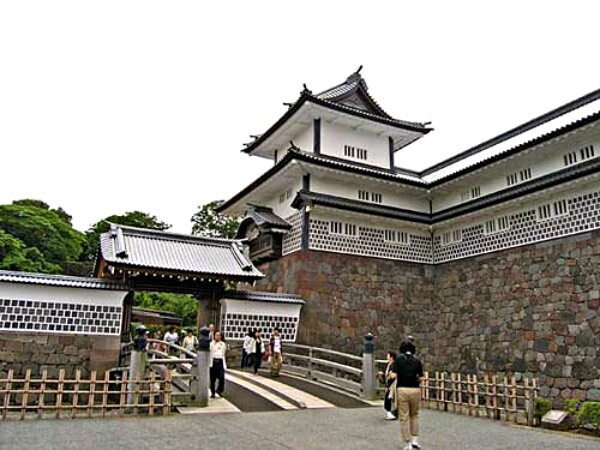
http://www.jcastle.info/castle/profile/7-Kanazawa-Castle
The castle was first founded by Sakuma Morimasa, a retainer of Oda Nobunaga, in 1580, when he started to build one of the moats and build up the castle town. After the Battle of Shizugatake in 1583, it was taken over by Maeda Toshiie, who built up the castle in earnest.
The castle originally had a large, six-level main keep, but it burned down in 1602 and was never rebuilt. Kanazawa Castle had several fires that destroyed parts of the castle over the years.
The Maeda clan ruled over the Kaga region from Kanazawa for 14 generations until the coming of the Meiji Restoration in 1868.
Even though there are few original buildings left, the size of the compound, extensive stone walls, and well-preserved samurai quarter in town make this a four-star site.
Read full story: www.jcastle.info
2. Edo Castle (Tokyo, ☆☆☆☆)

http://www.jcastle.info/castle/profile/35-Edo-Castle
The history of Edo Castle dates back to the Heian Period (794-1185), when a fortified palace was built by the Edo Clan on this site.
In 1457, the Uesugi Clan constructed the first Edo Castle. It remained under the control of the Uesugi family until the coming of the Tokugawa.
Before Tokugawa Ieyasu, Edo (Tokyo) was just another town in the Kanto area. Partly due to Ieyasu's revolutionary city planning, the town of Edo developed at lightning speed and quickly became the social and political center of Japan.
When Tokugawa Ieyasu became Shogun in 1603, Edo effectively became the capital of Japan. He mobilized a workforce from all parts of the country to build the huge stone walls, watchtowers, and palaces of the castle. The castle was the heart of Tokugawa's city and the largest castle in the world.
For 264 years, 15 generations of Tokugawa ruled Japan from Edo Castle. The Tokugawa gave up control of the castle when they lost the Boshin War in 1869. The emperor was restored as the ruler of Japan and moved to Edo Castle. At this time, the city was renamed Tokyo, or "Eastern Capital."
The amount of stonework that has lasted over the past 400 years is amazing considering all they have withstood. There are around 20 original buildings (three of the gates are registered as Important Cultural Properties) and sections of the stonework fortifications can be seen throughout the city.
Read full story: www.jcastle.info
1. Nijo Castle (Kyoto, ☆☆☆☆☆)
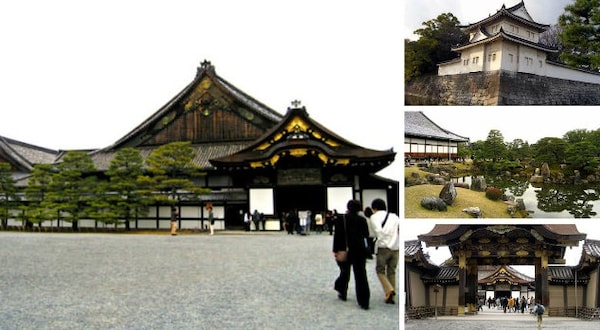
http://www.jcastle.info/castle/profile/58-Nijo-Castle
Nijo Castle began as a mansion built by Oda Nobunaga in 1569. The castle was erected in 1603 to be Tokugawa Ieyasu's headquarters when he was in Kyoto. The main keep was struck by lightning and burned to the ground in 1750, and it was never rebuilt.
Ieyasu's palace is filled with beautiful works of art and is very well preserved. The Ninomaru Palace was mainly used for administrative affairs, and reflects this in the many offices and meeting rooms it contains. It is designated a National Treasure.
Nijo Castle is a must-see stop for any visit to Kyoto. There are only a few traditional castle defensive structures, but it's mostly famous for the fabulous Ninomaru Palace and the Honmaru Palace. The Honmaru Palace is unfortunately only open during select times of the year.
Read full story: www.jcastle.info



